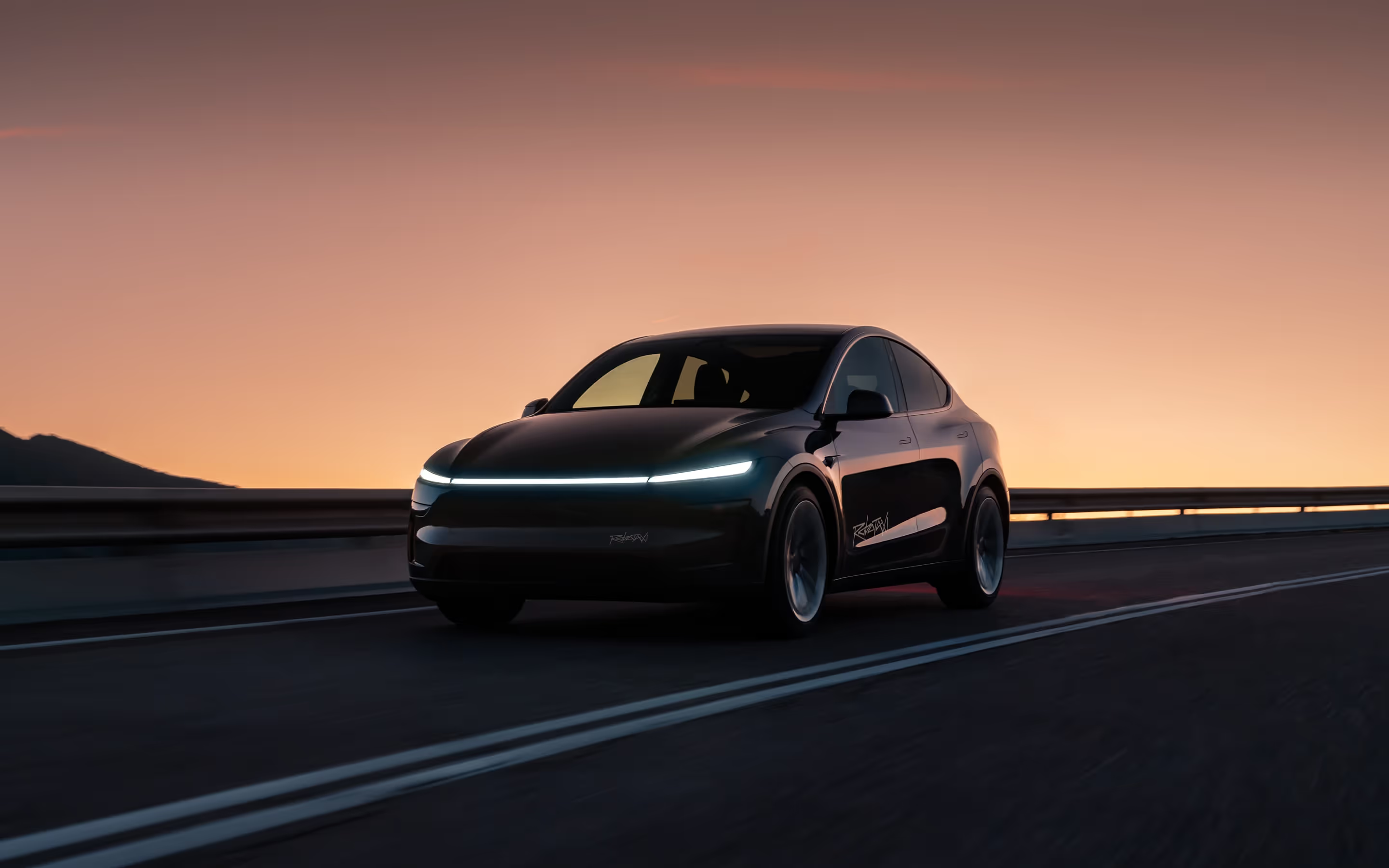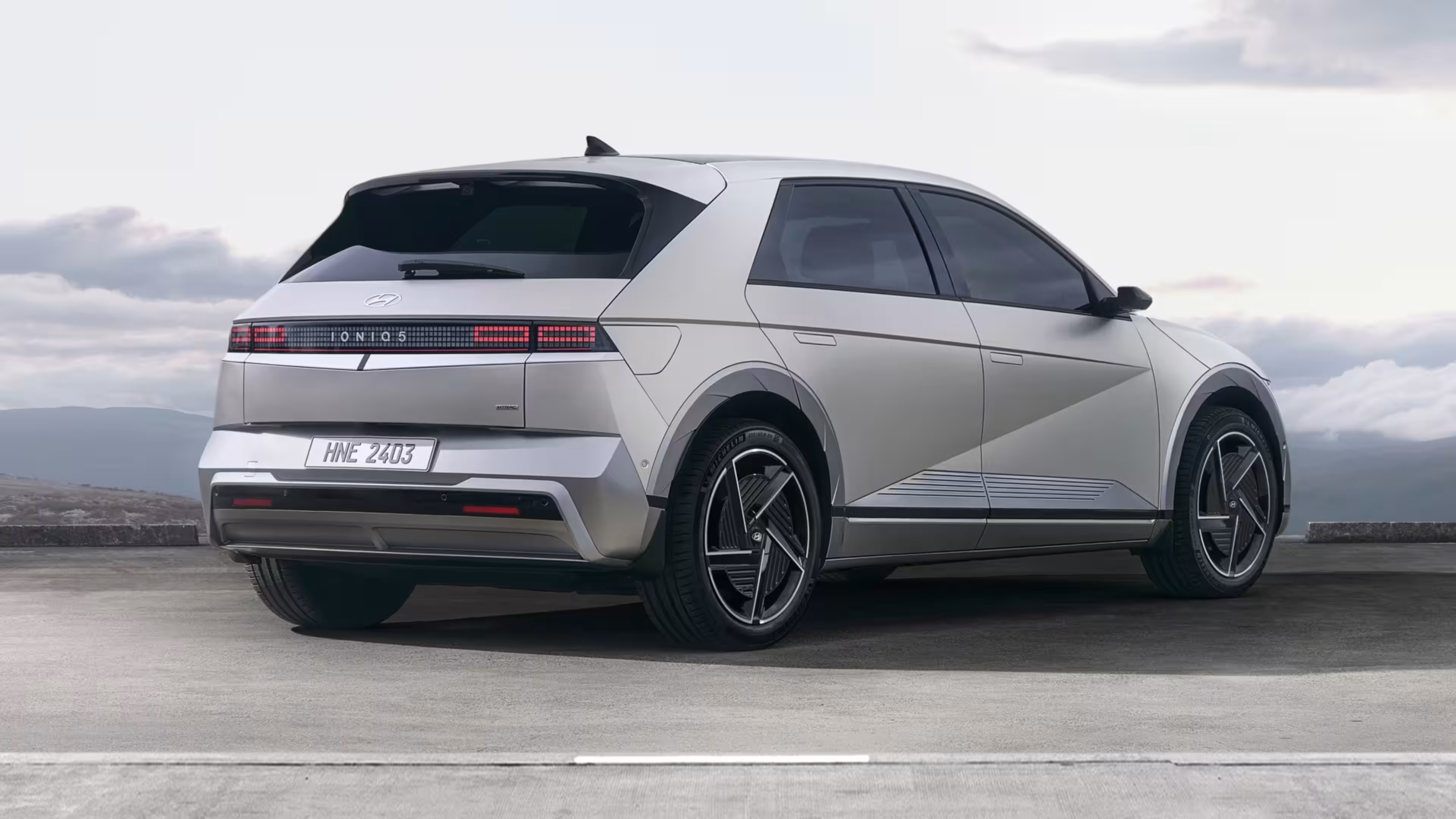In an industry as dynamic and fast-paced as the auto sector, traditional methods of measuring success are coming under scrutiny. For many decades, the formula seemed straightforward: the more cars sold, the more profitable the automaker.
This sales-centric viewpoint has driven strategies, marketing, and production decisions across the globe. However, as we delve deeper into the 21st century, it’s becoming increasingly clear that these conventional yardsticks may no longer be the best indicators of success in the automotive world.
Why the Old Metrics Don't Fit the New Models
The auto industry is at a crossroads, transitioning from traditional ownership models to a future where access trumps possession. Services such as subscription models, micro-leasing, and ridesharing are revolutionizing how people use and perceive mobility. These models cater to a growing desire for flexibility and convenience, underscoring a significant shift away from car ownership as the ultimate goal.
This changing landscape poses a significant challenge to automakers, especially those still primarily focused on boosting sales numbers. In a world where customers prize access over ownership, the incessant push for higher sales could paradoxically undermine future revenue streams. Why would customers commit to buying a car when they can enjoy the same benefits — and perhaps even greater flexibility — through a subscription?
The adherence to old metrics not only blinds automakers to emerging opportunities but also risks rendering them obsolete. New entrants and disruptive forces within the industry are already capitalizing on these changing consumer preferences, building their strategies around flexibility and access rather than sheer sales volume.
The Solution: Adopt Metrics that Reflect Changing Consumption
For automakers to navigate this shifting terrain successfully, a reevaluation of success metrics is overdue. Sales figures, while still relevant, should no longer be the sole barometer of success. Instead, the focus should shift towards metrics that reflect the new consumption patterns — usage, customer lifetime value, and retention rates.
These metrics offer a more nuanced view of success in the context of flexible access and mobility services. They can help automakers align their strategies with changing consumer behaviors, incentivizing innovation in access models and customer engagement. By prioritizing customer retention and lifetime value, automakers can foster longer-term relationships with users, adapting to their changing needs and preferences.
Bridging the Past and Future
In this evolution, it is not a question of whether traditional automakers should abandon their sales-focus but rather how they can broaden their horizon to include an array of success metrics that reflect today's complexities. Sales, of course, will not vanish — they will remain the lifeblood for segments such as fleet providers, rideshares, and mobility service companies.
The pivot for traditional automakers revolves around a nuanced understanding of customer interaction with their automotive assets. Beyond the initial sale, tracking recurrent use via subscriptions, customer retention rates, popularity of micro-leasing, and overall transportation demand will offer a more dimensional view of their foothold in the market.
A Customer-Centric Road Ahead
The future of cars is not tethered to the straightforward metric of sales; it is an intricate web of mobility and service. The most forward-thinking automakers are already tuning into this new frequency, adopting a customer-centric business ethos that promises longevity and relevance in this fast-morphing landscape.
As industry leaders begin to chart a course through these changes, adopting a mobility service-oriented perspective, we glimpse a future where flexibility and adaptability become the cornerstones of the industry. Success, in this new age, will be measured not just by cars sold, but by customer journeys sustained.
The Takeaway
The automotive industry stands at a critical juncture. As it moves away from ownership and towards flexible access, clinging to outdated success metrics could hinder growth and innovation. The key to thriving in this new era is not in selling more cars but in understanding and adapting to how people want to access and use them.
Automakers that can pivot their strategies and metrics to align with these shifts will not only survive but thrive. The future of mobility is flexible, and success in this future will belong to those who can redefine what it means to win in the auto industry. The transition may be challenging, but it is necessary. After all, in the race towards the future of mobility, flexibility — in access, in thinking, and in measuring success — will be the ultimate driver of victory.
The very definition of what it means to be successful in the auto industry is in flux. Automakers must now balance the traditional importance of sales targets with the need to invest in mobility services that resonate with modern societal shifts. By doing so, they can ensure their engines of progress run as smoothly on the roads of innovation as they do within the walls of their manufacturing plants. The vehicles of tomorrow may still be measured by numbers, but these figures will reflect a diversity of customer needs and the flexible services that meet them.









